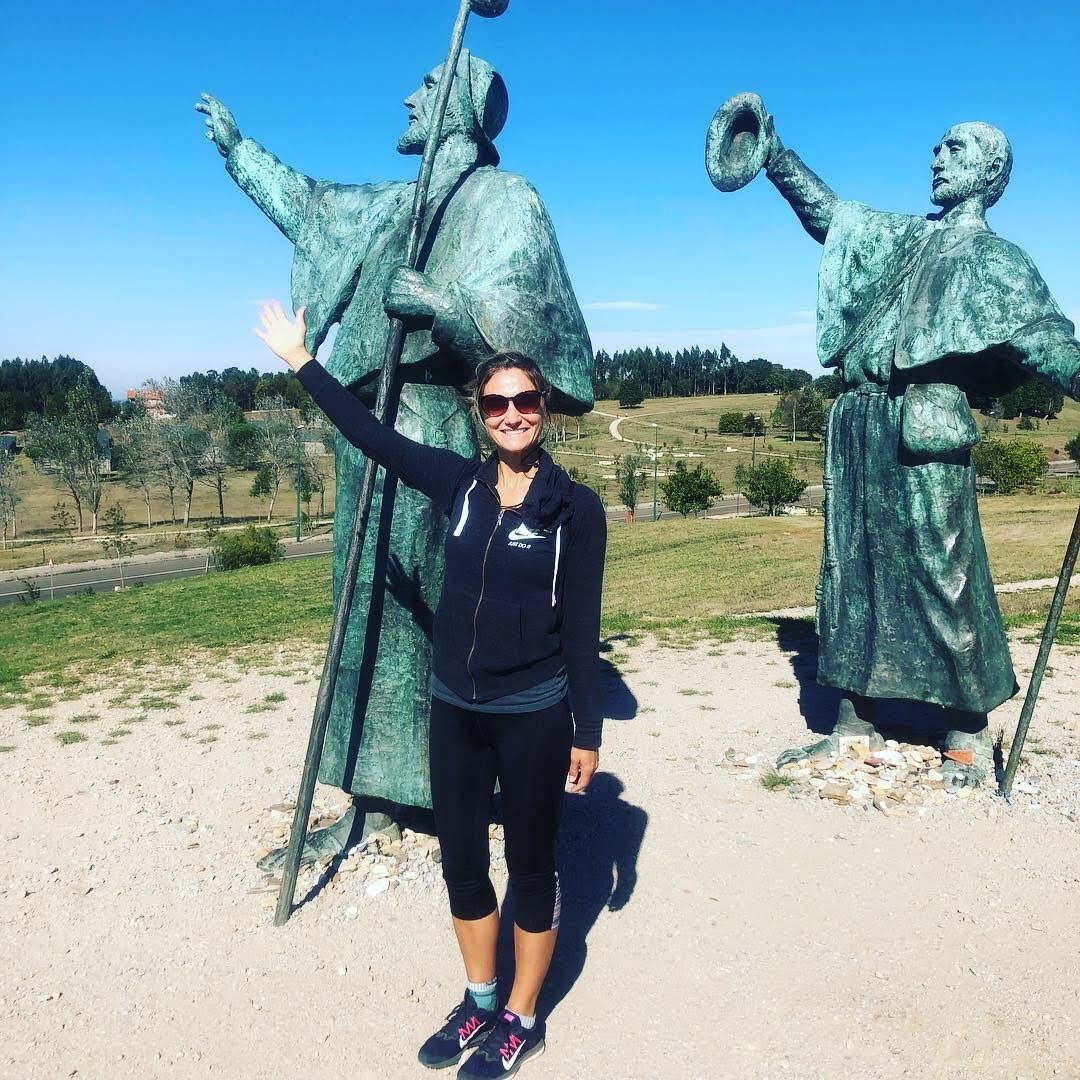In the realm of psychotherapy, there exists a fascinating and powerful approach known as "Parts Work." This therapeutic technique delves into the complex landscape of our inner selves, allowing individuals to gain a deeper understanding of their thoughts, emotions, and behaviors. In this article, we'll demystify the concept of Parts Work and shed light on how it can be a transformative tool on the path to self-discovery and healing. Imagine your mind as a bustling committee room, with each part of your personality representing a distinct member of this inner council. These parts can be thought of as the various roles and voices that contribute to your overall identity. Some may be supportive and nurturing, while others might be critical or defensive. Parts Work involves exploring and understanding these internal characters.
1. **Identifying Your Parts:** The first step in Parts Work is recognizing and naming these different parts of yourself. This could include the "inner critic" that constantly judges you or the "caretaker" that looks out for your well-being. Each part serves a purpose, even if it's not always clear why.
2. **Understanding Their Functions:** Once you've identified these inner voices, it's essential to understand why they exist. For example, your inner critic might have developed as a way to protect you from failure or disappointment. Recognizing the underlying intentions of each part can lead to greater compassion for yourself.
3. **Creating Inner Harmony:** Parts Work aims to foster cooperation and harmony among these internal voices. It's about finding a balance between them, so no single part dominates or sabotages your thoughts and actions. This process can alleviate inner conflicts and reduce emotional turmoil.
4. **Healing and Integration:** As you work with your parts, you may uncover past traumas or unresolved issues that have shaped them. Parts Work offers a path to healing by addressing these wounds and helping you integrate the fragmented aspects of yourself. This can lead to profound personal growth and transformation.
5. **Practical Applications:** Parts Work isn't limited to the therapist's office. You can use this approach in your everyday life to manage stress, make decisions, and navigate challenging situations. By understanding your inner dynamics, you become better equipped to respond to life's challenges with wisdom and self-compassion.
Parts Work is a powerful tool in psychotherapy that allows individuals to explore the diverse facets of their inner selves. By identifying, understanding, and harmonizing these internal voices, you can embark on a journey of self-discovery, healing, and personal growth. Whether you're seeking therapy or simply looking to enhance your self-awareness, Parts Work offers a valuable framework for navigating the complex terrain of the human experience.
By Jacob Wilhelm, Licensed Professional Counselor


















